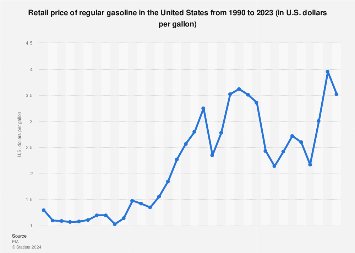I'll answer EbS-P's post by quoting woodgeek's.
That's literally 44% more! That "only $8k" difference might as well be $50k to most people actually shopping $16k new vehicles. The fraction of our population buying $16k vehicles, who could easily afford $24k, must be vanishingly small.
FWIW, I found a similar differential higher end vehicles, but without the "way bettter". Tesla's largest "SUV", really a glorified 5-seater hatchback, compared to Escalade and Durango SRT. The Tesla was $109k, versus Durango and Escalade both $65k - $75k. But the Durango and Escalade could tow a tandem-axle trailer and seat 7 with room to spare in back and on roof rack for luggage and a kayak, whereas the Tesla could do none of these things.
The entry level trim of the Bolt is more like $20k after rebate, versus the $16.7k entry level sonic.
With the tax rebate applied to a lease contract at time of acquisition, a Bolt lease would be maybe 20% higher than a sonic lease. (like $60/mo). And you could make that up on gas easily. Lower TCO every month you own the vehicle.
And the Bolt is a much larger vehicle with more leg and headroom.



![[Hearth.com] Norway on track to reach 100% EV sales in the next 2 years [Hearth.com] Norway on track to reach 100% EV sales in the next 2 years](https://www.hearth.com/talk/data/attachments/308/308906-4b3f30d6a94238bd707ca3e0c64ab7db.jpg?hash=ClVlSuRdc2)
![[Hearth.com] Norway on track to reach 100% EV sales in the next 2 years [Hearth.com] Norway on track to reach 100% EV sales in the next 2 years](https://www.hearth.com/talk/data/attachments/308/308907-135fd12c94fed3ea5d2a48a0af092b12.jpg?hash=rLUB6ZKB3X)






